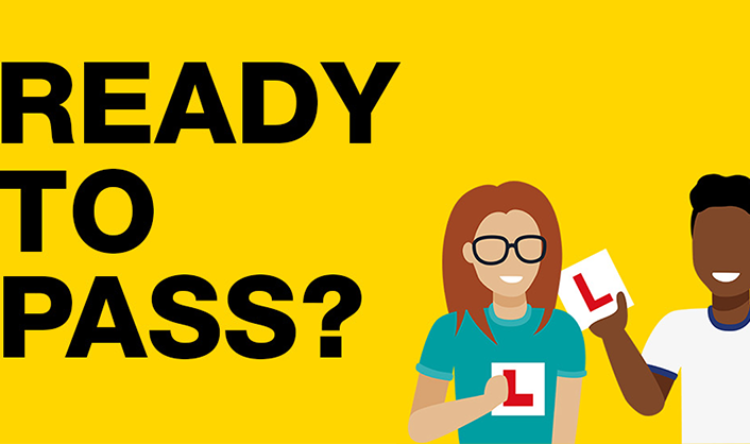Four young driver distractions
Understanding your limitations behind the wheel can help make better drivers
Benjamin Cartwight from comparethemarket.com has put together a short piece aimed at learners and novice drivers. It tackles the the issue of distraction behind the wheel, the main problems and why they can be so dangerous.
I missed that
Many of the new drivers on the road are classed as being ‘young drivers’, within the age bracket of 17-25. This makes sense, since many people try to pass their driving test from the age of 17.
However, being a young driver is not without its risks. In 2013, there were 337 fatalities in accidents involving at least one young car driver; roughly a fifth of all reported road fatalities. It is therefore imperative that alongside teaching the physical practicalities of driving, we must teach the idea of encompassing other skills such as perceiving danger and planning ahead.
There are four types of distraction – cognitive, visual, auditory and manual. In this feature we explain the differences, as well as how young drivers can reduce the risk of taking their eyes off the road.
Cognitive distraction
Cognitive distraction is where the mind of the driver is focused on something other than the task in hand: driving. For young people this could be a multitude of things – do they have exams imminent? Friendship or relationship troubles? Have they had an argument with their parents? Any of these things could be playing on a young driver’s mind and cause them to not give their full attention to the road.

Visual distraction
Aside from the road immediately ahead, there are many things happening around us. In an instant, drivers need to be able to assess whether these things need their attention, or whether they should dismiss them as ‘background’.
Hazards such as pedestrians crossing, cars swerving nearby, cyclists weaving between traffic are common examples of common distractions. Human nature means we look at things that are unusual. For example, traffic slows down when there has been an accident – it is because people slow down to stare at what’s happened.
Additionally, many cars now have sat navs that can be distracting, especially when a driver isn’t sure of the route in the first place, or is under time pressure. The key is to be able to absorb the information they offer in a safe way, without removing attention from the road.

Auditory distraction
Sounds are very distracting, especially for an inexperienced driver. There are some noises that we need to listen out for, such as sirens from emergency vehicles, horns from other road users etc. However, these can be diminished by other auditory stimuli such as passengers talking, loud music, or a phone ringing.
It’s important for young drivers to keep their phones on silent, have the radio turned down, or to limit the number of passengers in their vehicle if possible.

Manual distraction
There are many tempting things to fiddle with in a car that are not imperative to driving. For example, changing a radio station or adjusting a sat nav can take your eyes off the, road even momentarily.
Actions such as gesticulating whilst talking, eating or drinking, or even smoking or vaping can also distract a driver from focusing on the road. Whilst these actions are not illegal, they should be discouraged whilst operating a vehicle due to the detrimental effect they could cause.
https://unsplash.com/photos/vVuPvOzL3RA
Help your students
Part of an instructor’s job is to inform students of these extraneous distractions during their driving lessons so that they can make informed choices once they’ve passed their test. That way, they stand the best chance of being safe and considerate drivers for years to come.

Bio: Benjamin Cartwight
An advocate for driver safety, Benjamin aims to share tips for making the road a more considerate and careful place. He particularly wants to improve safety in new drivers, and gives talks to local youth groups.






